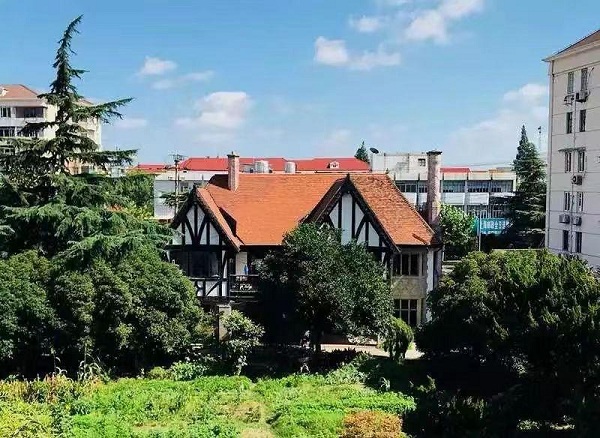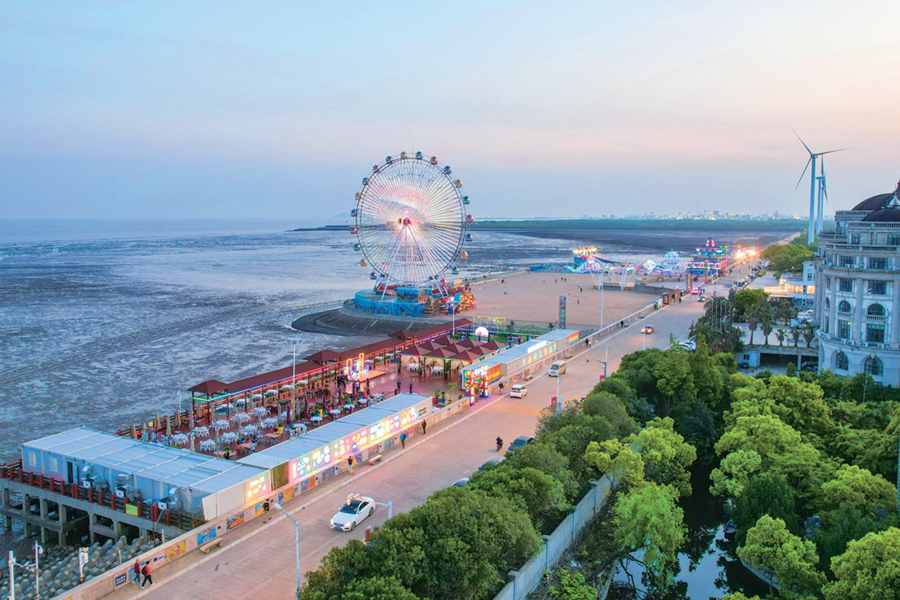Hongqiao Road Historical and Cultural Block
The Hongqiao Road Historical and Cultural Block, characterized by country-style villas from the first half of the 20th century, is one of the 12 historical and cultural areas in downtown Shanghai.
Located in the Changning district, the block is bounded by Gubei Road, East Ronghua Road, South Shuicheng Road, West Yan'an Road, Huanxi Avenue, Jinbang Road, Qingxi Road and Honggu Road – covering a total area of 481.4 hectares.
Hongqiao Road was established in 1901. In the 1930s, wealthy Chinese and expats, as well as high-ranking military and government officials, used the area for horse racing and vacations, leading to a trend of building vacation villas.
Over time, these villas, with their unique and exotic European styles, became a distinctive feature along the road, a trend that continued into the 1980s.
Notable buildings in this area include:
The villa at No 1430 Hongqiao Road, built in the 1930s, an English-style two-story structure that was once the residence of Soong Tse-ven – a prominent businessman and politician in the Republic of China period (1912-1949).
The villa at No 1440 Hongqiao Road, built between 1925 and 1935, the largest garden villa on the road, once home to cultural figures like early Chinese film actor Zhao Dan and Flying Tigers leader General Claire Lee Chennault with his wife Anna Chan Chennault.
The Rubicon Garden at No 2310 Hongqiao Road and the Sassoon Villa – or the "Eves" – at No 2409 Hongqiao Road, both completed in 1932 and known as the "sister garden villas".

The Rubicon Garden on Hongqiao Road in Shanghai. [Photo/WeChat account: shchangning]
(Updated on Aug 27, 2025)
Sources: shtong.gov.cn, "shchangning" WeChat account
Editor's Pick
FAQs
- What if my passport expires but my Chinese visa is still valid?
- Can pets and owners depart from different countries while complying with customs regulations?
- Can a minor travel to China and stay in a hotel without a parent's presence?
- Who is eligible for the 240-hour visa-free transit policy in China?

